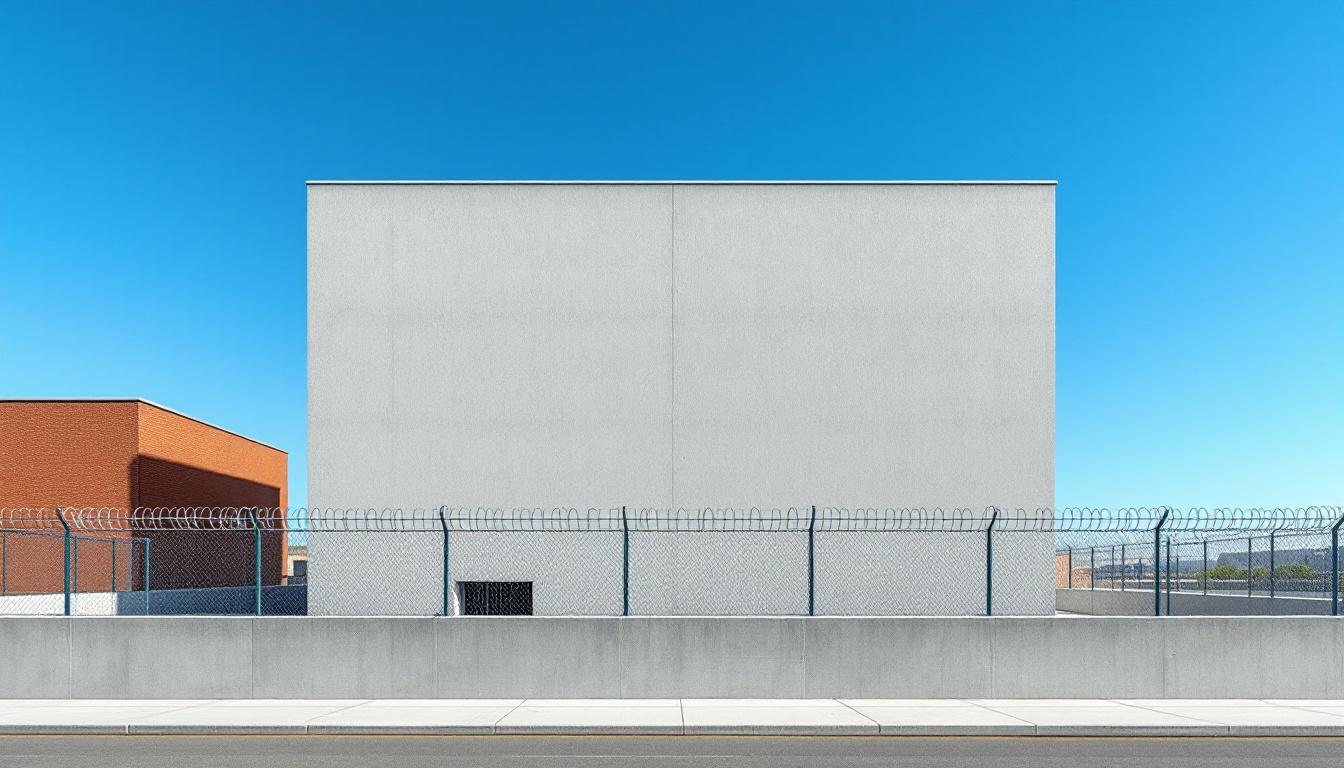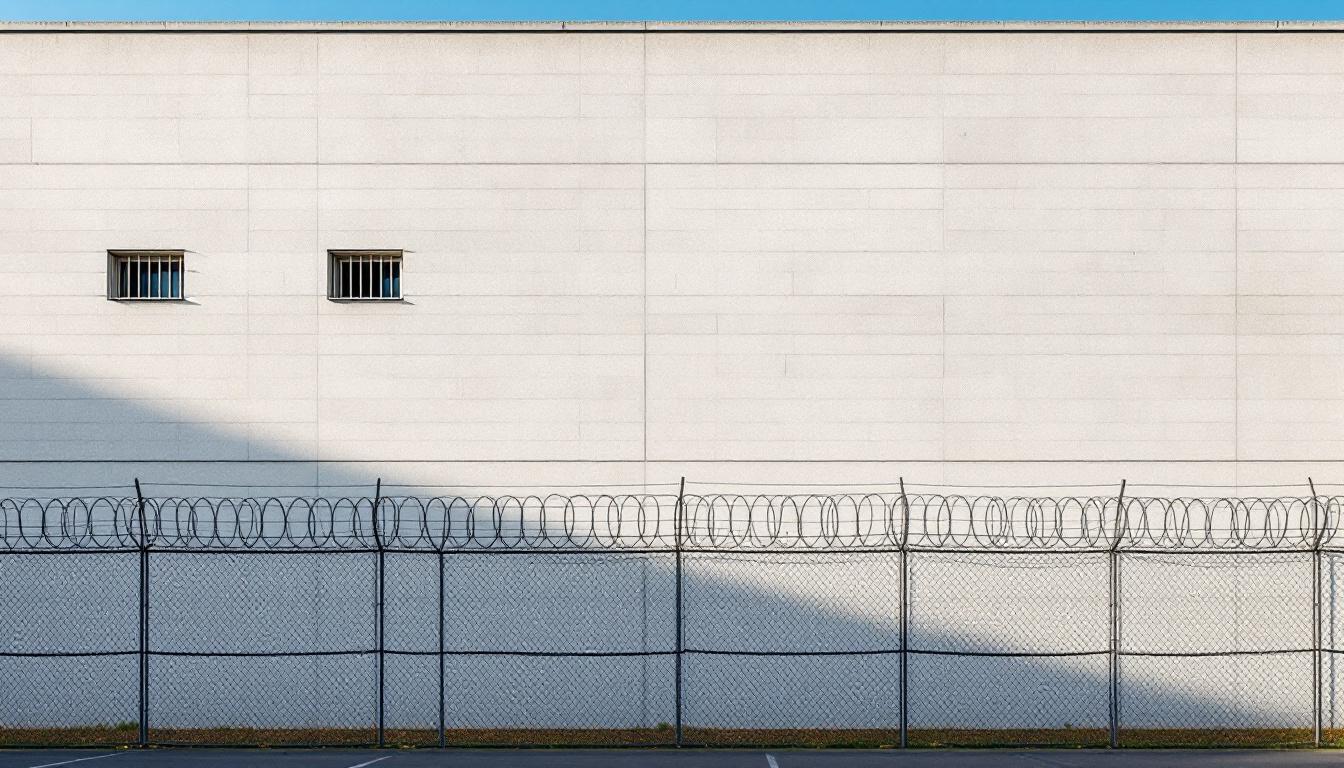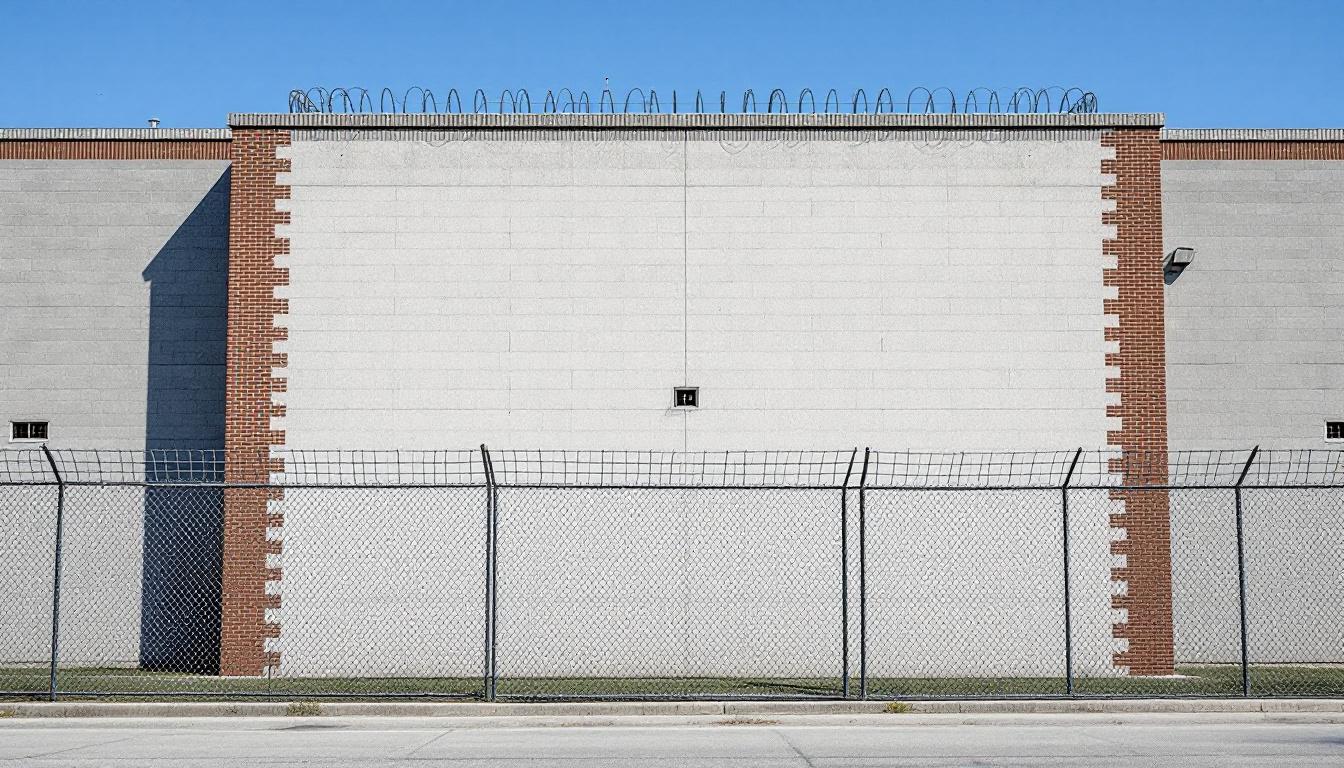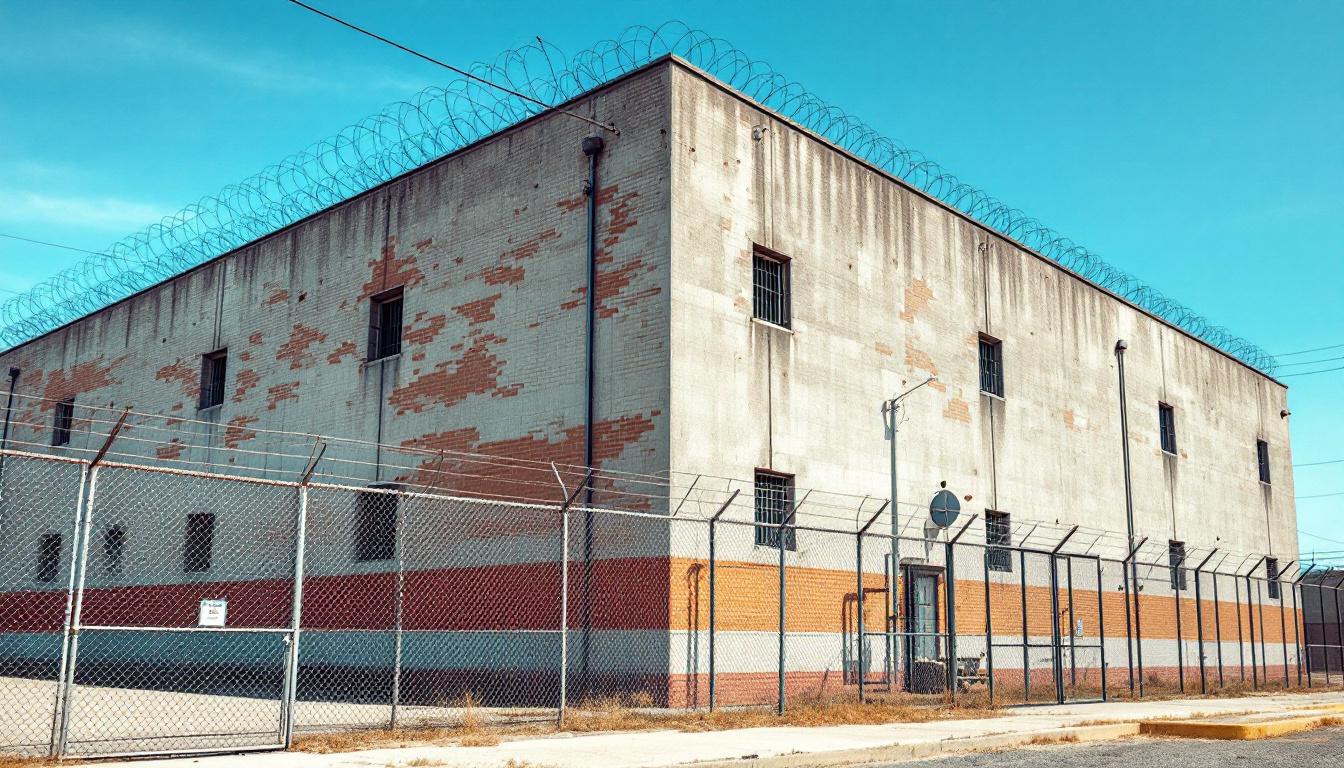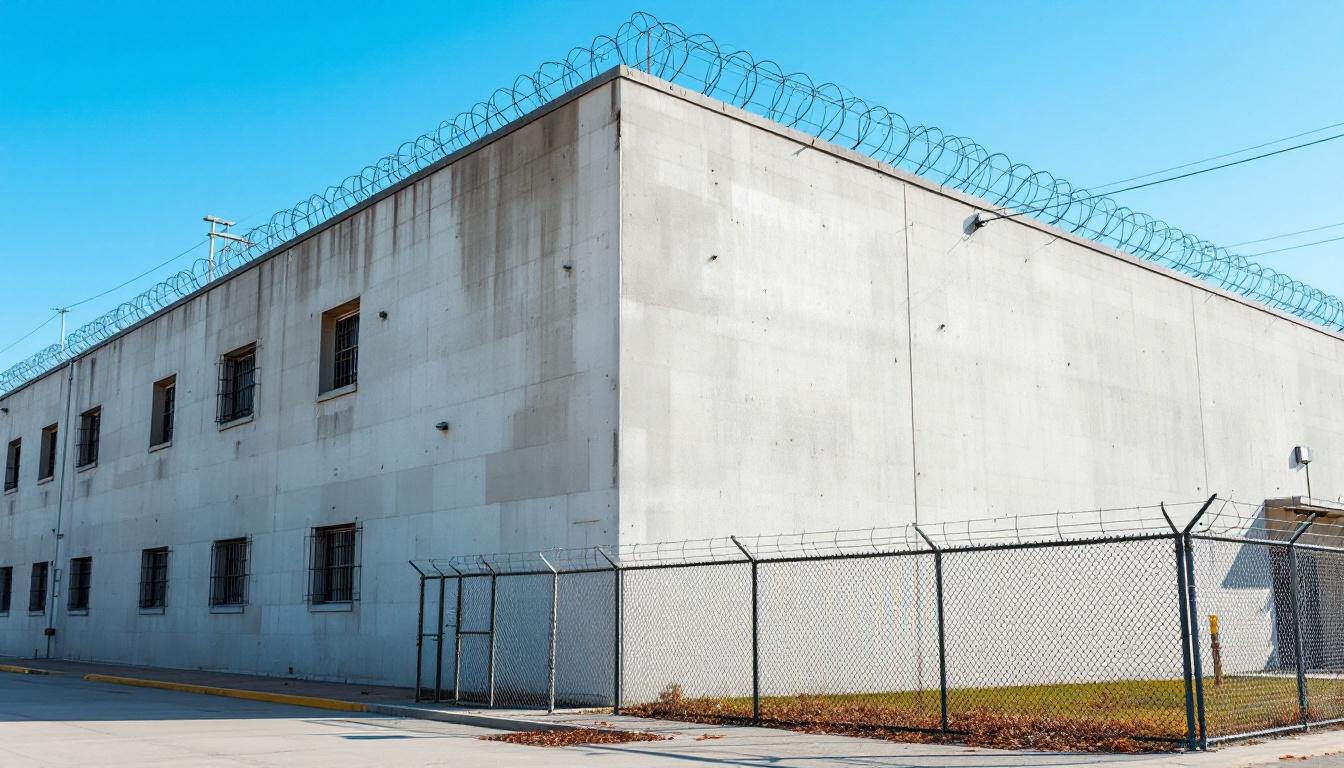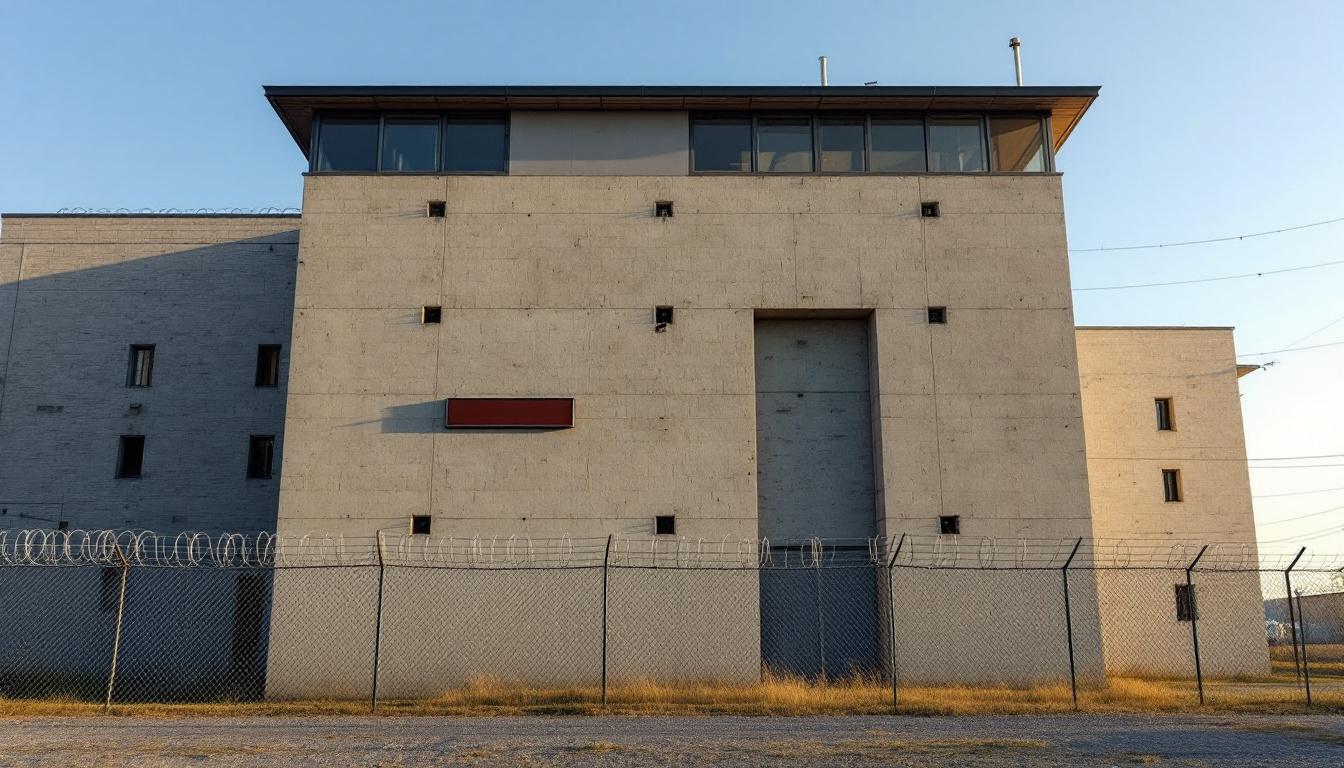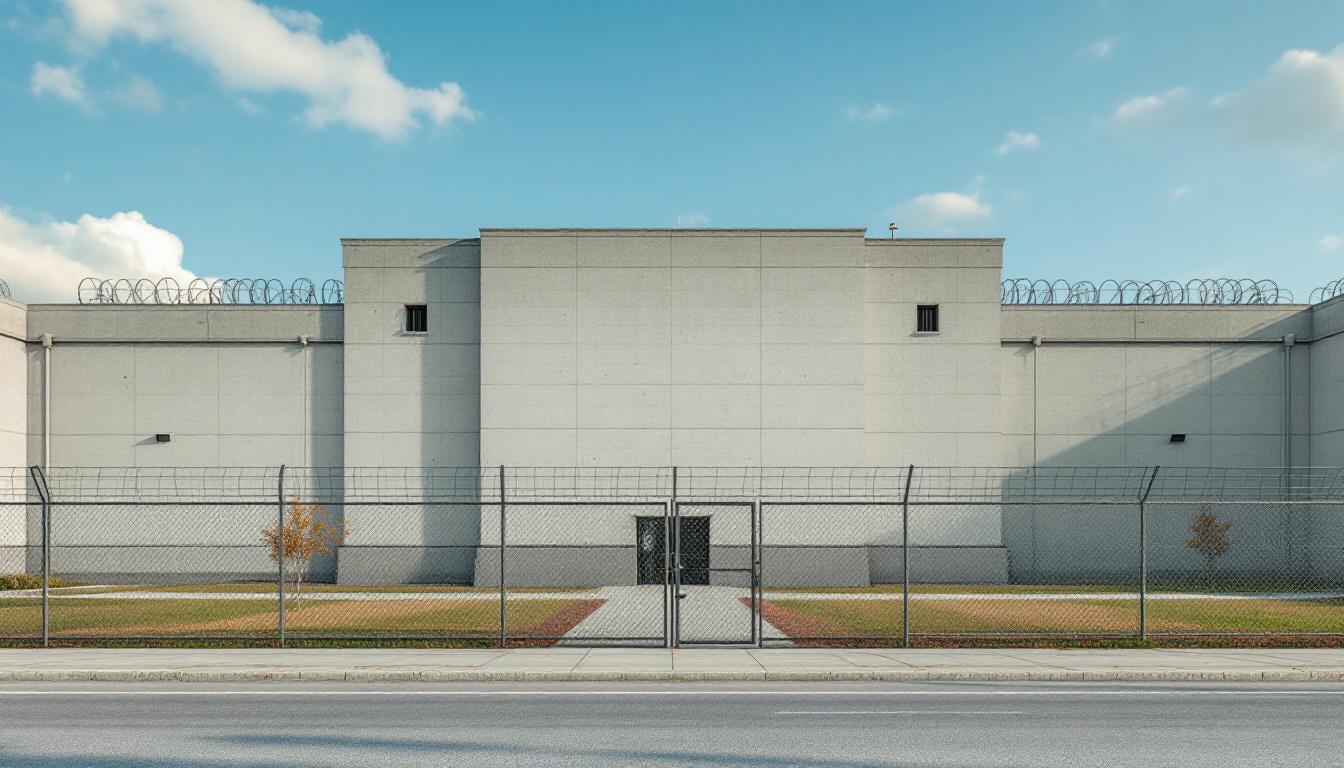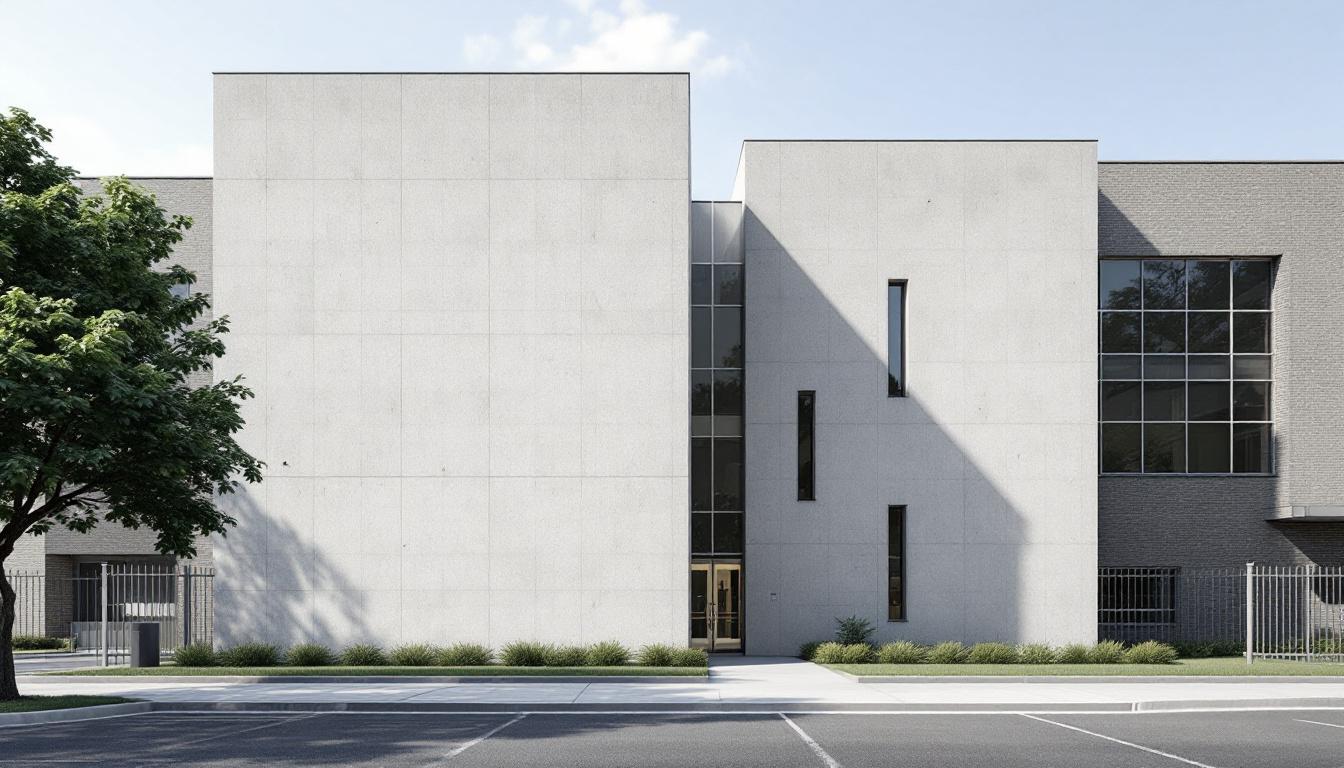
Quick Navigation
How to contact an inmate at Chesapeake Detention Facility
This comprehensive guide will walk you through how to connect with an inmate at Chesapeake Detention Facility. Follow the steps below to find an inmate and send letters and photos:
- Search for the inmate using our search tool below
- Create your account or log in to Penmate
- Write your message (up to 6,000 characters)
- Send instantly - inmates receive printed copies daily
Find an Inmate
Search for an inmate to start communicating today
Tip: You can search by first name, last name, or inmate ID number
To contact a person at Chesapeake Detention Facility start by searching for the person on the official facility website. Perform a search by following these steps:
- Step 1: Enter their first name and last name into the search form and click "Search"
- Step 2: Locate their inmate record
- Step 3: Write down their Inmate ID and any housing information provided
Important! Be sure to enter the person's full name. Nicknames should not be used.
How to Send Messages to Inmates

You can use your phone or computer to send emails, letters, and photos to an inmate. Messages are sent electronically to inmate tablets or kiosks at the facility. If you would like to send a message, start by searching for an inmate at Chesapeake Detention Facility.
Sending Photos and Postcards

A great way to send love and support to a loved one at Chesapeake Detention Facility is to send photos and postcards. It only takes a few minutes to send photos from your phone and it makes a huge difference. You can also mail postcards with words of support and inspiration, or design your own postcard for special moments like birthdays and holidays.
Important! Be sure not to send any explicit photos or they may not be approved by the facility. You can also use a photo printing app like Penmate to make sure your photos are printed at the correct size (4x6 or 3x5) and are mailed according to the rules and regulations of Chesapeake Detention Facility.
Frequently asked questions about Chesapeake Detention Facility
-
How long does it take to deliver a message?
If you're sending an email message your letter is usually delivered within 24-48 hours. For messages sent via mail you should expect delivery within 3-7 days. All messages will need be approved by Chesapeake Detention Facility.
-
How much does it cost to send a message to Chesapeake Detention Facility?
You can send a message free using your phone or mail a message via USPS for the price of a $0.60 stamp and envelope. You can also purchase credits or e-stamps from services starting at $1.99.
-
What services can I use to contact an inmate at Chesapeake Detention Facility?
Penmate
You can use Penmate to send letters and photos to an inmate from your phone. It's an easy way to stay in touch during your loved one's incarceration. Use the inmate locator to find an inmate's location and contact information, then you can send messages within a few minutes.
Securus messaging
Securus may be another option for communicating with an inmate at Chesapeake Detention Facility. You can create a friends and family account and purchase credits to send messages. All messages will be reviewed and must be approved by the facility.
JPay
Some county jails and state prisons may support sending messages with JPay. You must register an account with the system, find your loved one, and purchase stamps to send messages. For some locations you can also attach photos.
Smart Jail Mail
You may also check if Smart Jail Mail is available at Chesapeake Detention Facility. Smart Jail Mail is operated by Smart Communications and has contracted with some state and county jails. After purchasing credits, your messages and photos are sent to the facility, printed out, and then handed out to your loved one.
-
What is the mailing address of Chesapeake Detention Facility?
Mailing address:
Chesapeake Detention Facility
401 E Madison St
Baltimore, MD 21202
Phone: (410) 539-5445Business hours:
- Monday: Open 24 hours
- Tuesday: Open 24 hours
- Wednesday: Open 24 hours
- Thursday: Open 24 hours
- Friday: Open 24 hours
- Saturday: Open 24 hours
- Sunday: Open 24 hours
-
What are the visiting hours at Chesapeake Detention Facility?
Visiting hours at Chesapeake Detention Facility vary by housing unit and security level. Generally, visits are scheduled on weekends and holidays, with some facilities offering weekday visits. Contact the facility directly at (410) 539-5445 or check their website for the current visiting schedule. Visits typically last 30-60 minutes and must be scheduled in advance.
-
What items are prohibited when sending mail to Chesapeake Detention Facility?
Prohibited items typically include: cash, personal checks, stamps, stickers, glitter, glue, tape, staples, paperclips, polaroid photos, musical or blank greeting cards, hardcover books, magazines with staples, and any items containing metal or electronics. Only send letters on plain white paper with blue or black ink. Photos must be printed on regular photo paper (no Polaroids). Always check with Chesapeake Detention Facility for their specific mail policies.
-
How do I send money to an inmate at Chesapeake Detention Facility?
You can send money to an inmate at Chesapeake Detention Facility through several methods: 1) Online using JPay, Access Corrections, or the facility's approved vendor, 2) Money orders mailed directly to the facility with the inmate's name and ID number, 3) Kiosks located in the facility lobby, or 4) Over the phone using a credit or debit card. Fees vary by method, typically ranging from $2.95 to $11.95 per transaction.
-
Can I schedule a video visit with an inmate at Chesapeake Detention Facility?
Many facilities now offer video visitation as an alternative to in-person visits. At Chesapeake Detention Facility, video visits may be available through services like Penmate, Securus Video Connect, GTL, or ICSolutions. Video visits typically cost $10-20 for 20-30 minutes and must be scheduled in advance. You'll need a computer or smartphone with a camera and reliable internet connection. Contact the facility for their specific video visitation policies and approved vendors.
-
What identification do I need to visit an inmate at Chesapeake Detention Facility?
All visitors must present valid government-issued photo identification such as a driver's license, state ID, passport, or military ID. Minors must be accompanied by a parent or legal guardian who can provide the minor's birth certificate. Some facilities require visitors to be on the inmate's approved visitation list, which may require a background check. Contact Chesapeake Detention Facility for specific ID requirements and visitor approval procedures.
-
How can I find out an inmate's release date?
To find an inmate's release date at Chesapeake Detention Facility, you can: 1) Use the online inmate search tool if available, 2) Call the facility's records department, 3) Contact the inmate's case manager or counselor, or 4) Have the inmate provide this information during a call or visit. For privacy reasons, some facilities only release this information to immediate family members.
Facility Overview
Contact Information
Chesapeake Detention Facility401 E Madison St
Baltimore, MD 21202
Phone: (410) 539-5445
Official Website
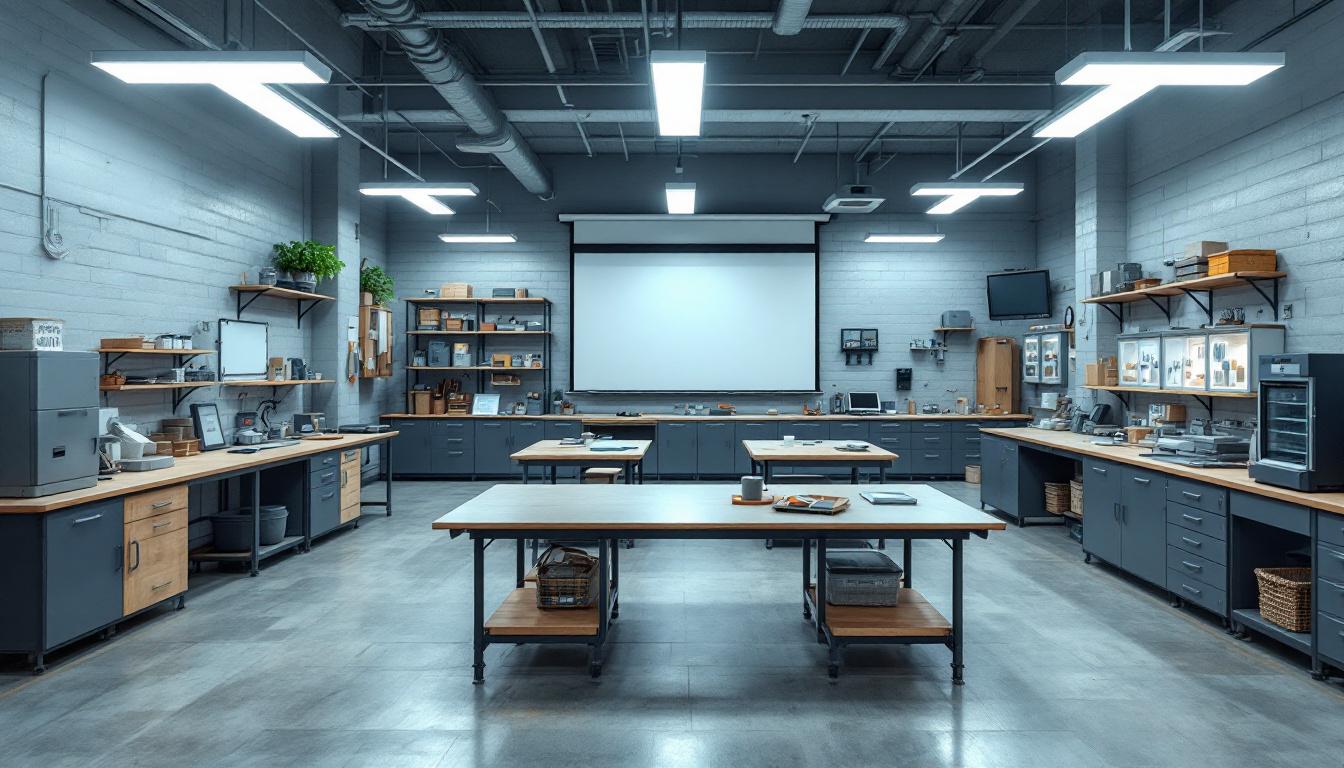
About Chesapeake Detention Facility
Detention centers serve as temporary holding facilities within the justice system, housing individuals awaiting trial or sentencing while maintaining connections to their home communities. The Chesapeake Detention Facility operates within this framework in Baltimore, MD, serving as part of the broader correctional infrastructure that supports the region's legal processes. As an MD correctional facility, it typically focuses on providing secure housing while individuals navigate various stages of the judicial system, often maintaining closer ties to local resources than longer-term correctional institutions.
The population services at this Baltimore detention center generally reflect the diverse needs of individuals from the surrounding metropolitan area and beyond. The facility may offer basic educational programming, substance abuse counseling, and mental health support services that help address underlying issues while individuals await resolution of their cases. Community partnerships often play a crucial role in these efforts, as local organizations and service providers may collaborate to ensure continuity of care and support systems. The facility's location within Baltimore's urban environment typically allows for better access to family visitation, legal representation, and community-based resources that can be essential during this transitional period.
Given Baltimore's position within Maryland's correctional system, the Chesapeake Detention Facility generally operates with an understanding of the importance of maintaining community connections during detention. The facility may work with local reentry organizations, faith-based groups, and social service agencies to provide programming that addresses both immediate needs and longer-term stability goals, recognizing that many individuals will eventually return to the Baltimore community and surrounding areas.
Programs & Services
Support reaches the population at Chesapeake Detention Facility through comprehensive programming designed to address individual needs and prepare participants for successful community reintegration. The facility's approach emphasizes building practical skills while strengthening personal development. Staff typically work closely with participants to identify areas for growth and connect them with appropriate resources.
Educational programs may supply foundational learning opportunities including basic literacy instruction and high school equivalency preparation. These services often help participants develop essential academic skills they can apply both during their stay and after release. Moreover, vocational training programs typically focus on practical trades that provide marketable skills for employment. The population may participate in various hands-on learning experiences that build confidence while developing technical abilities relevant to today's job market.
Therapeutic services form another crucial component of support at the facility. Individual counseling sessions often provide participants with opportunities to address personal challenges and develop coping strategies. Life coaching programs may supply guidance on goal-setting and decision-making skills that support long-term success. Additionally, specialized programs like plumbing training combine practical skill development with therapeutic benefits, helping participants build both technical expertise and personal confidence. These varied approaches typically work together to create a supportive environment that addresses the diverse needs of the population while preparing them for meaningful community participation.
Daily Life & Visitation
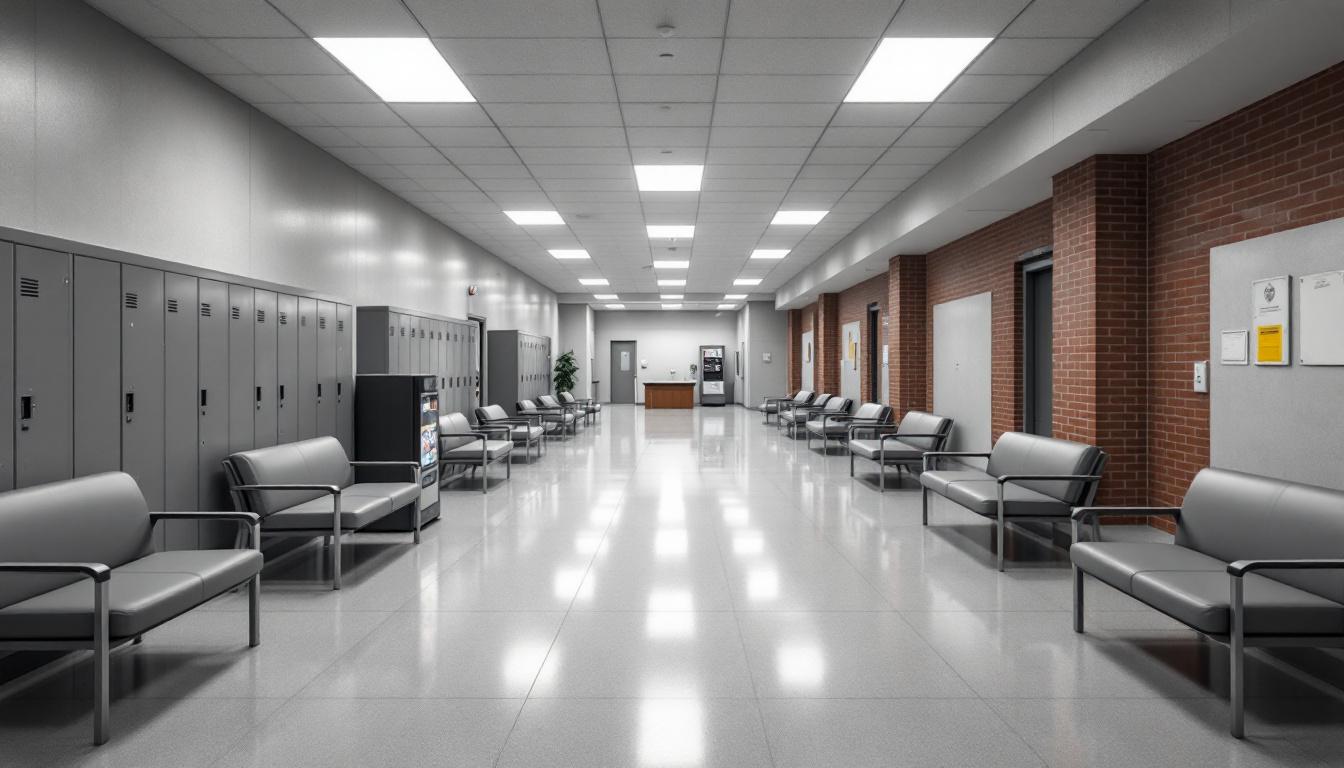
Organizational protocols now structure every aspect of the population's experience, with administrative systems regularly coordinating movement, meals, and programming throughout the facility. Daily routines typically begin with morning counts and continue through scheduled activities that supply predictable frameworks for residents. The population generally follows established timeframes for dining, recreation, and work assignments, with staff coordination ensuring smooth transitions between different areas of the facility.
Living accommodations at the facility typically house residents in dormitory-style units or individual cells, depending on classification levels and available space. The population usually shares common areas for dining and recreation, with meals generally served at designated times in central dining facilities. Moreover, residents may access commissary services to purchase personal items and supplementary food products, while personal property allowances typically include basic clothing and hygiene items according to facility guidelines.
Structured programming schedules often include educational opportunities, vocational training, and recreational activities that supply meaningful engagement for the population. Whereas some residents may participate in facility work assignments such as kitchen duties, maintenance, or administrative support, others typically engage in classroom-based programs or counseling services. Family connections generally remain available through scheduled visitation periods and telephone access, with communication policies typically allowing regular contact with approved individuals to help maintain important relationships during incarceration.
Ready to Connect?
Start communicating with your loved one today
Search for an Inmate
